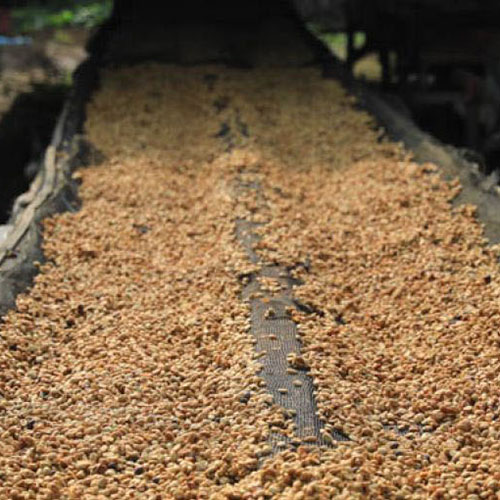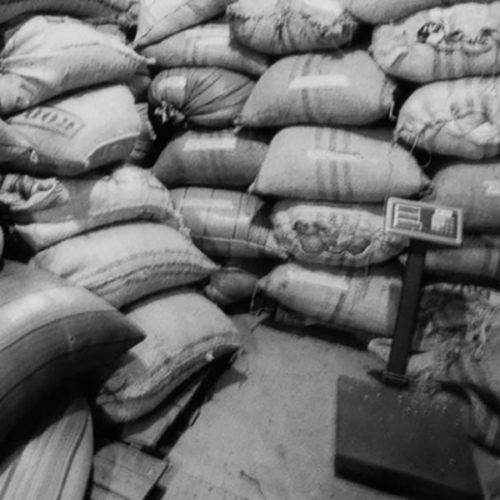Description
Farm Notes
This is a hybrid process of honey process and the wet-hull process that is traditional in Sumatra. “Labu” is the Bahasa word used for the wet-hulled, fresh green coffee. With “honey labu”, the coffee is first processed like any honey, by removing the cherry and only some of the sticky mucilage/fruit which tends to impart fruited notes as well as bolster body. The coffee is then dried to approximately 30% moisture content at which time it is wet hulled (giling basah), peeling both the remaining mucilage and parchment from the seed while the coffee is still wet, and then dried the rest of the way. This step of the process is what constructs the earth-toned flavors we tend to associate with Sumatra, and certainly what popularized the coffees from this region. But here we have a unique hybrid process that brings out the best of both worlds. A cup that is fruited and sweet, big bodied and low toned, and complex through and through.This coffee comes from a cooperative of farmers in the Gunung Tujuh and Kayu Aro areas, two higher elevation areas around Mount Kerinci. This particular coop are producing wet hulled, honey/wet hulled like this one, full honey and fully washed coffees. The farms in this area are planted in older Typica types, and benefit from the high slopes, situated between 1400 – 1500 meters above sea level.
Cupping Notes
This honey process lot impresses flavors of fruit and syrupy sweetness in the cup along with moderate earth tones you might expect from a typical wet-hulled coffee. But this isn’t a typical wet-hulled (“giling basah”) Sumatra, but rather a process-hybrid of honey depulping with a lot of the fruit left intact, and then wet-hulling the seeds before they are completely dried. The result is so unique, even for Sumatran coffeess. The aroma has an herbal side to it, with sweet layers of molasses cookie, date sugar, and sandalwood. The cup cools to top notes of jack fruit, dried prune and plum, as well as perfumed woody incense aromatics and a note of tarragon. There’s also a stewed fruit presence as well in the back end that lends to a slight murkiness in the cup. Espresso roasts boost the bittersweet undertone quite a bit, but I’m still taken a back by the impressive level of sweetness there is in such a dark roasted coffee.


